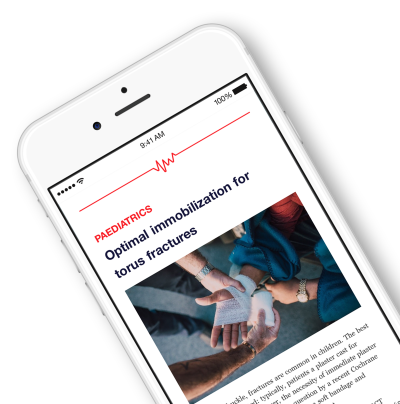
OTA 2019: Suture button superior to syndesmotic screw at five years .
Better Outcome for Suture Button Compared to Single Syndesmotic Screw for Syndesmosis Injury: 5- Year Results of a Randomized Controlled Trial
Acute syndesmotic injures are commonly associated with ankle fractures, and can have long-term implications on patient function and stability. Suture buttons and syndesmotic screws are the two most commonly used techniques to treat these injuries. The authors randomized 97 patients to suture button versus syndesmotic screw fixation. Outcomes included the American Orthoapedic Foot & Ankle Society Ankle-Hindfoot Scale (AOFAS), Olerud-Molander Ankle score (OMA), pain on walking on a visual analogue scale (VAS), and the EuroQol-5-D (EQ-5D). Follow-up time was five years post-operatively. The suture button had significantly higher AOFAS and OMA scores, significantly less frequent ankle osteoarthritis and better maintenance of reduction. There was no difference in terms of VAS or EQ-5D. Overall, suture button appears to be a promising option and may be preferable to syndesmotic screw.
Unlock the Full ACE Report
You have access to 4 more FREE articles this month.
Click below to unlock and view this ACE Reports
Unlock Now
Critical appraisals of the latest, high-impact randomized controlled trials and systematic reviews in orthopaedics
Access to OrthoEvidence podcast content, including collaborations with the Journal of Bone and Joint Surgery, interviews with internationally recognized surgeons, and roundtable discussions on orthopaedic news and topics
Subscription to The Pulse, a twice-weekly evidence-based newsletter designed to help you make better clinical decisions
Exclusive access to original content articles, including in-house systematic reviews, and articles on health research methods and hot orthopaedic topics































































